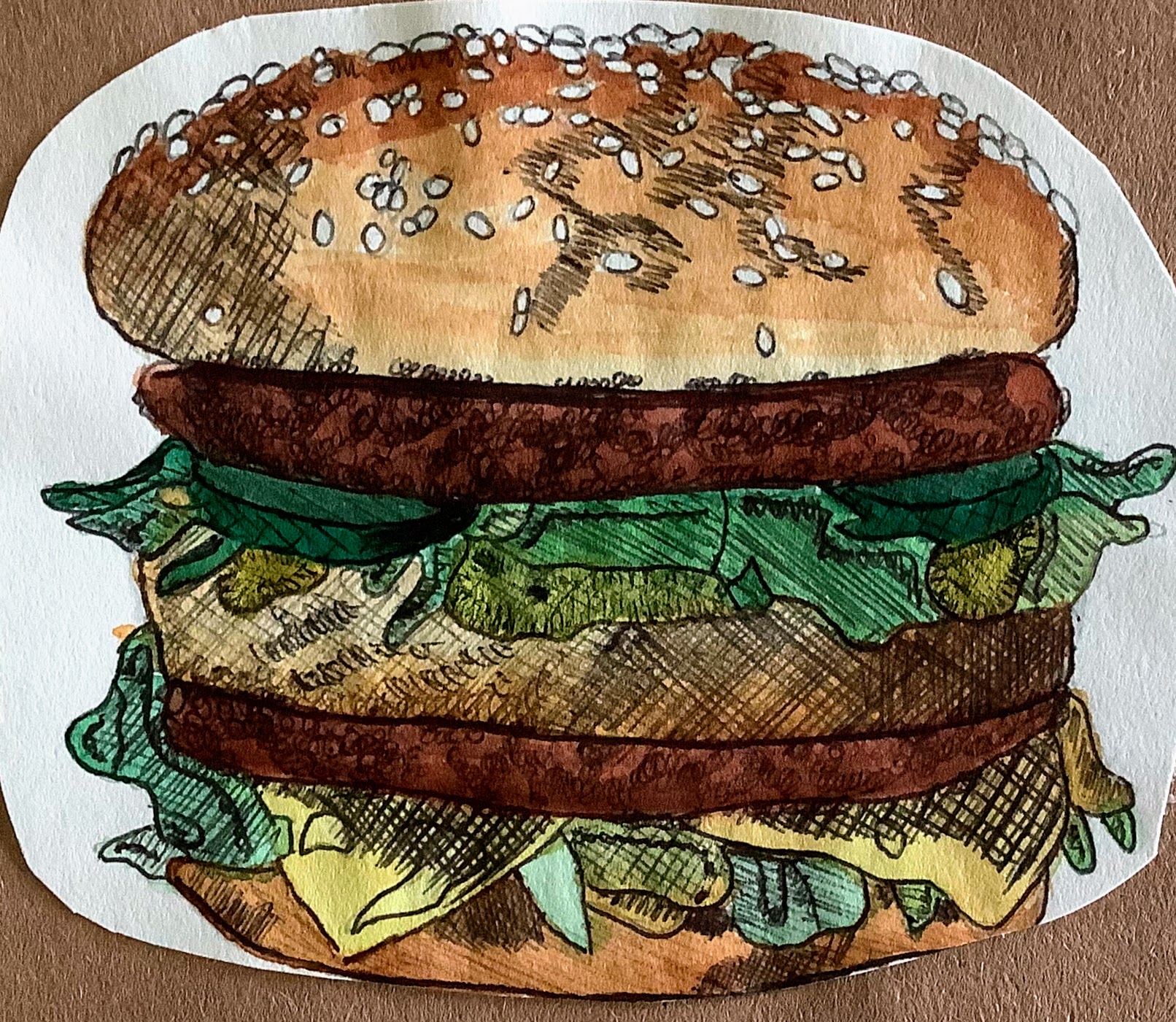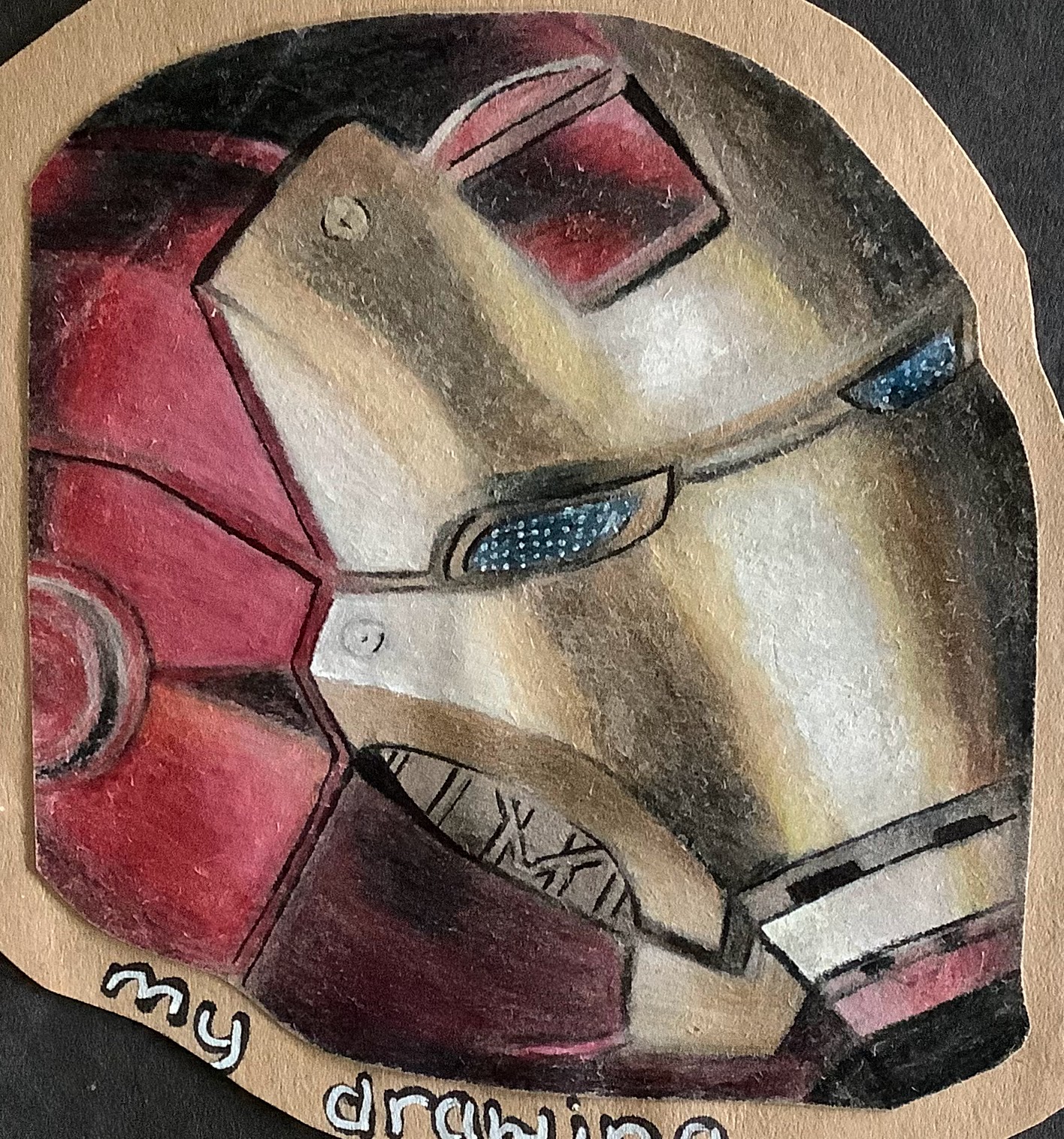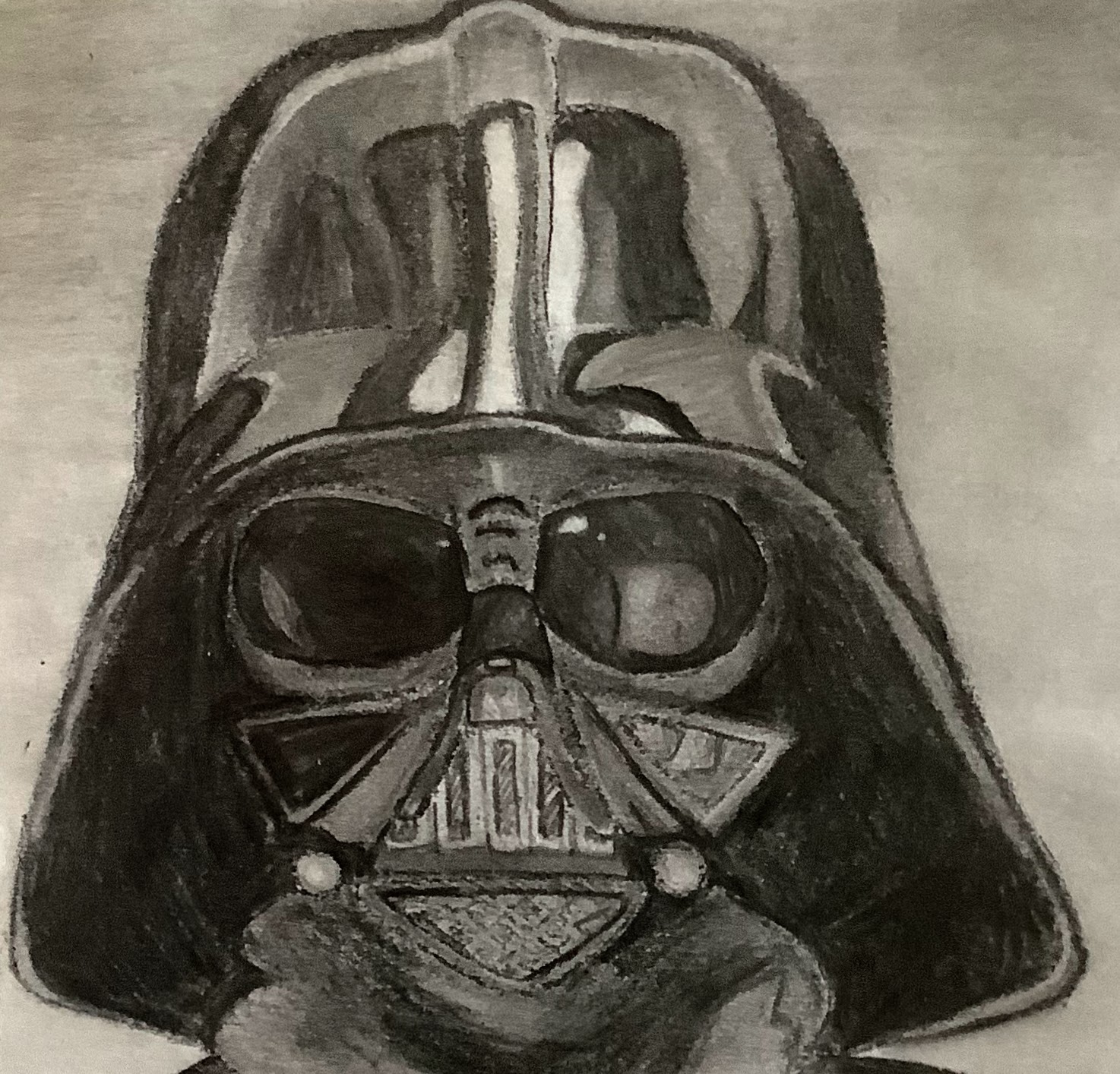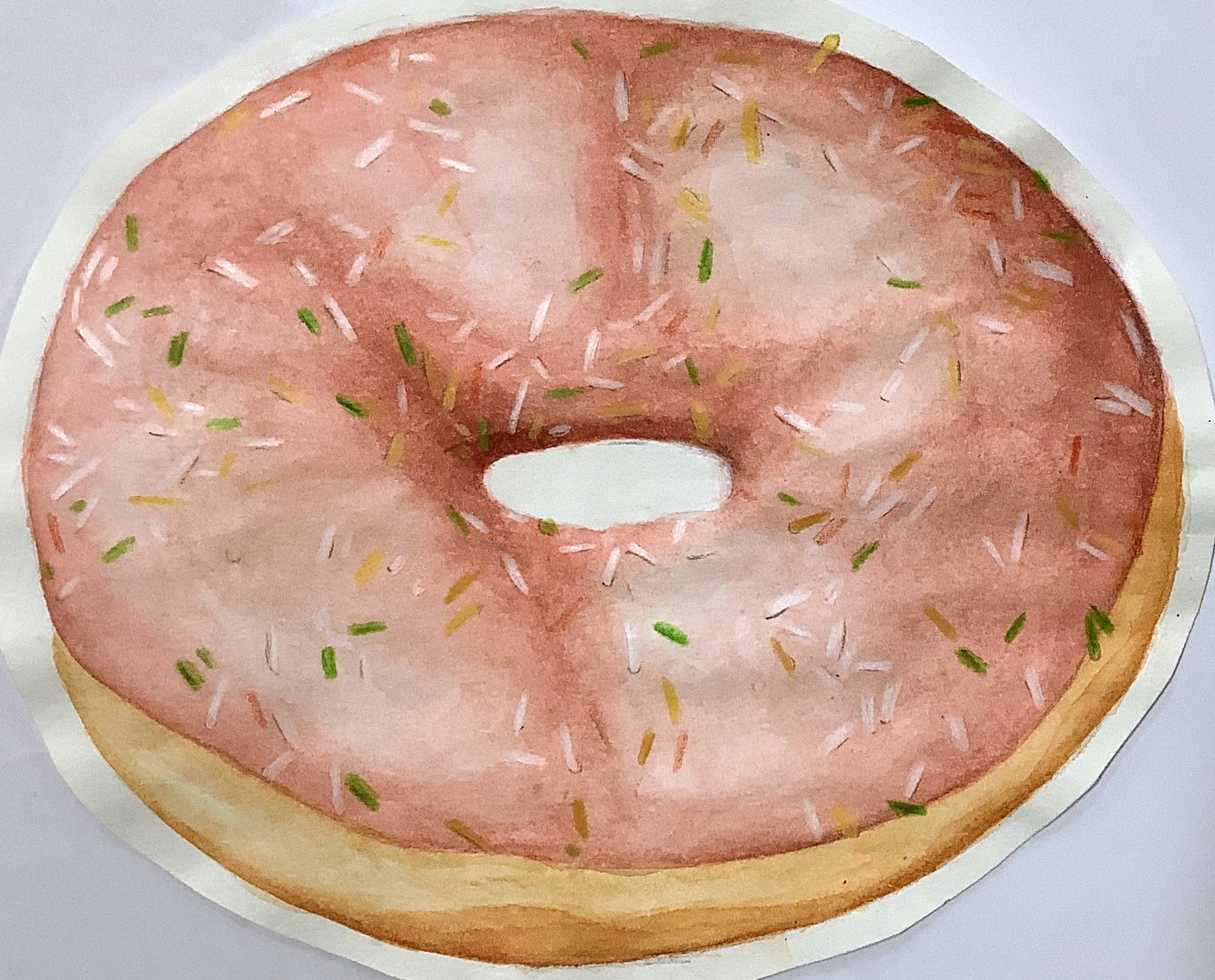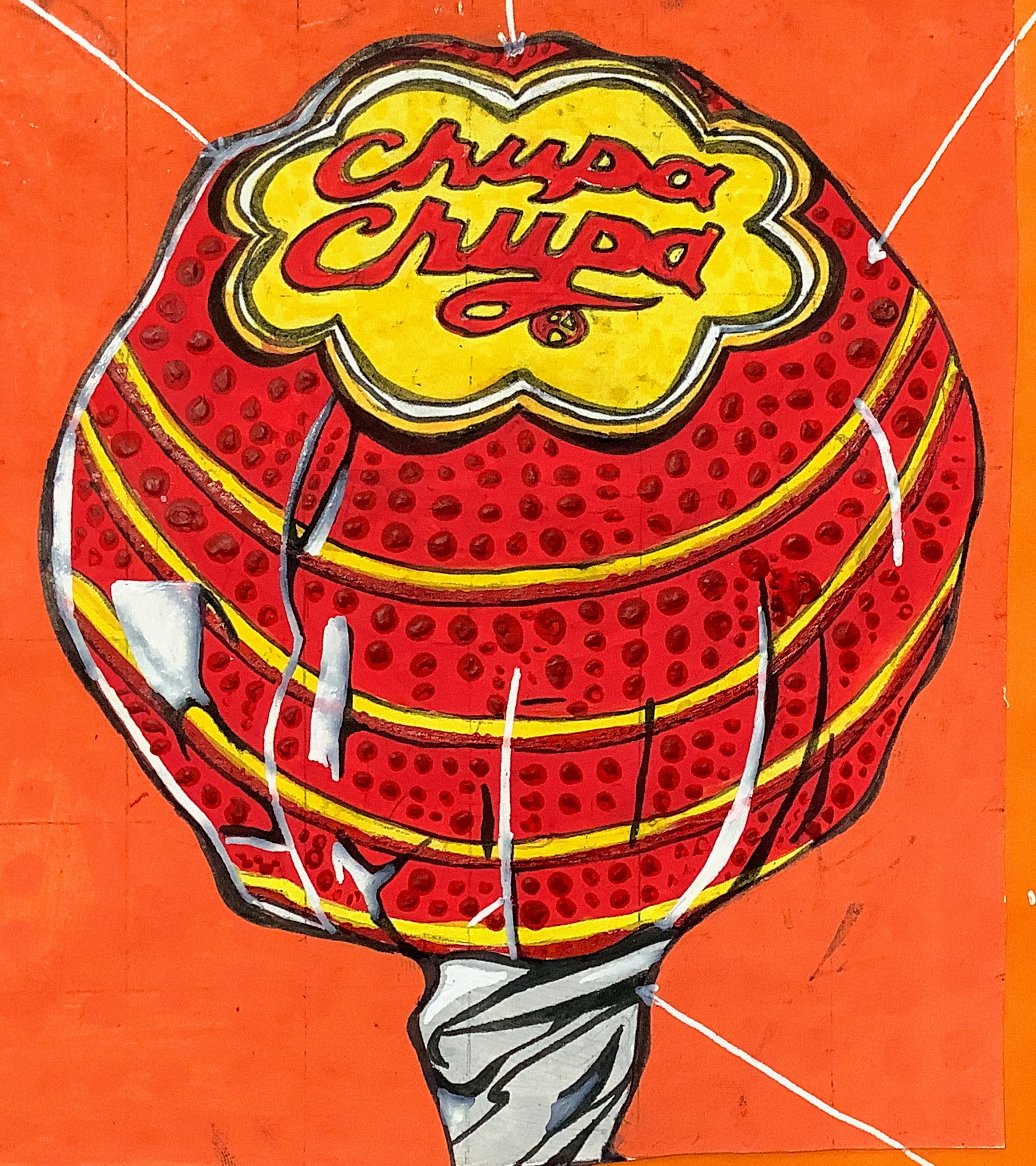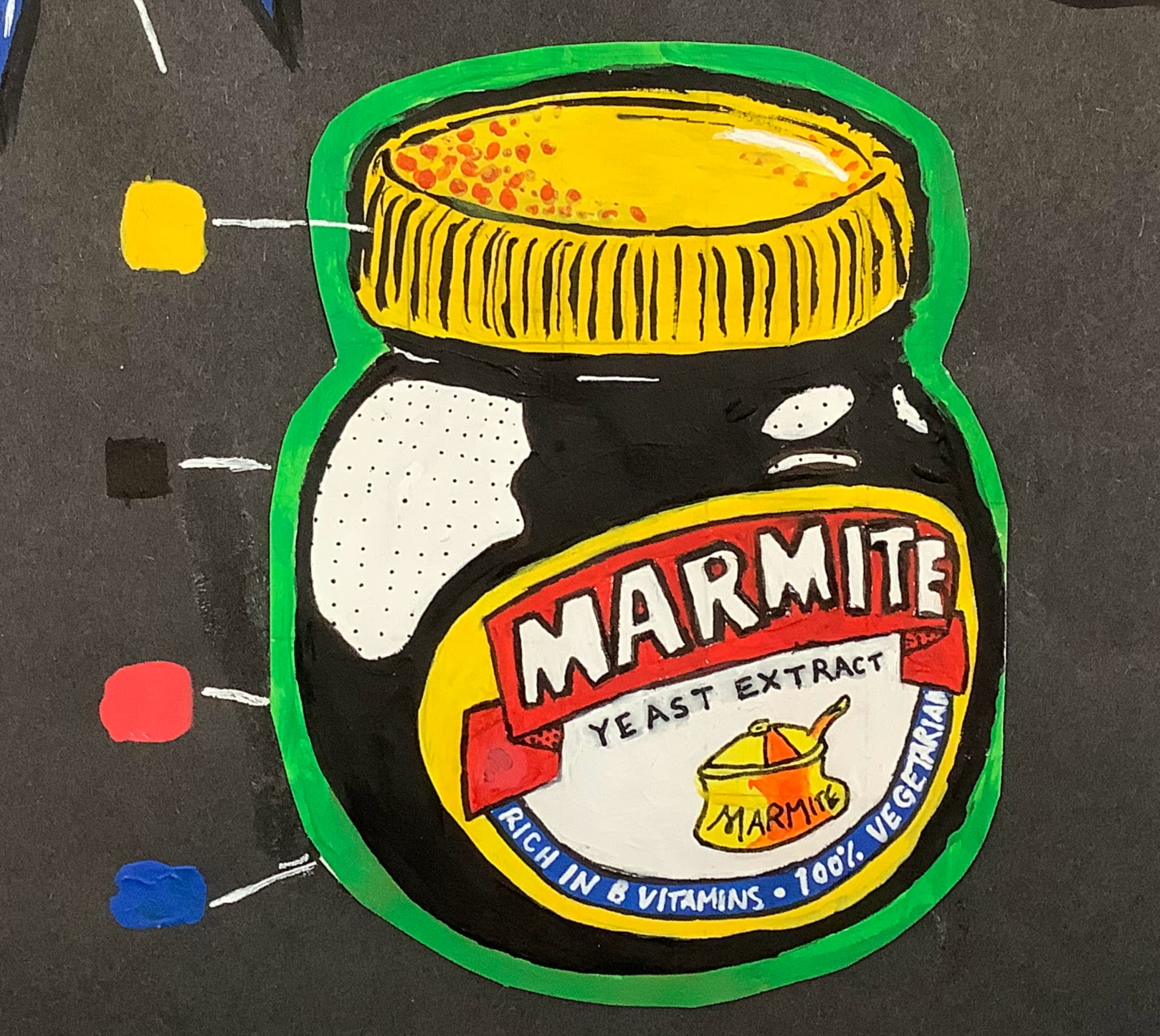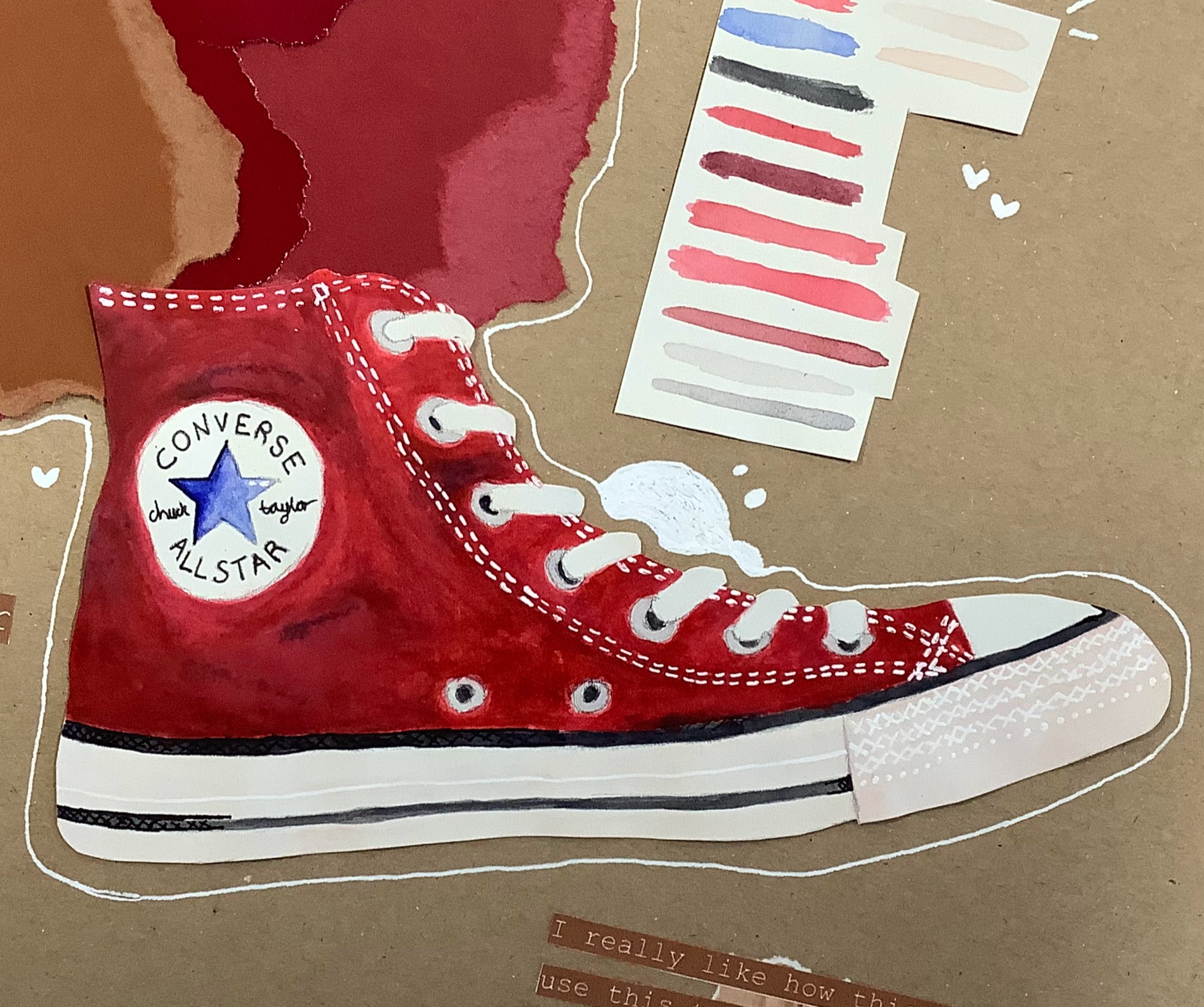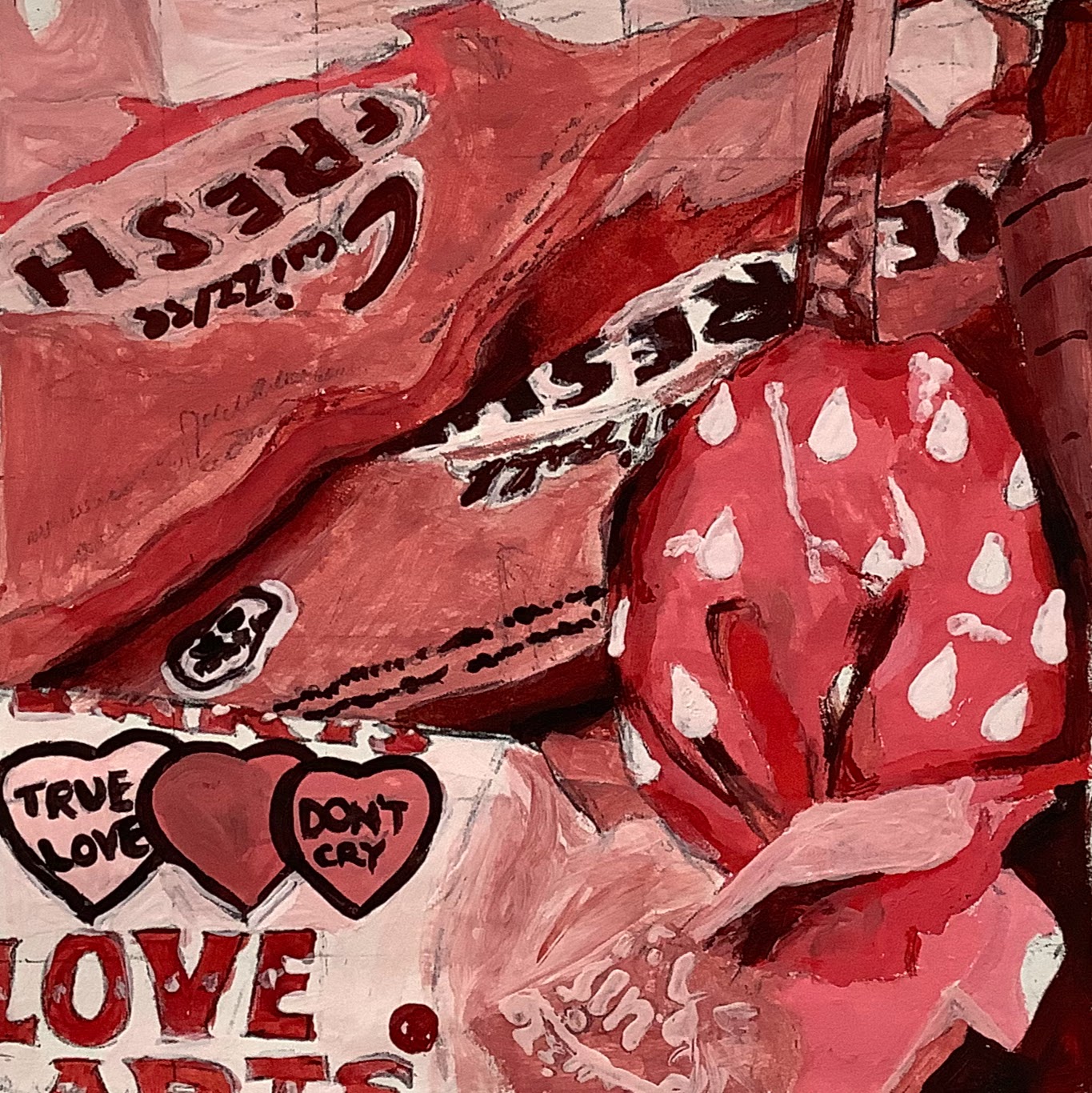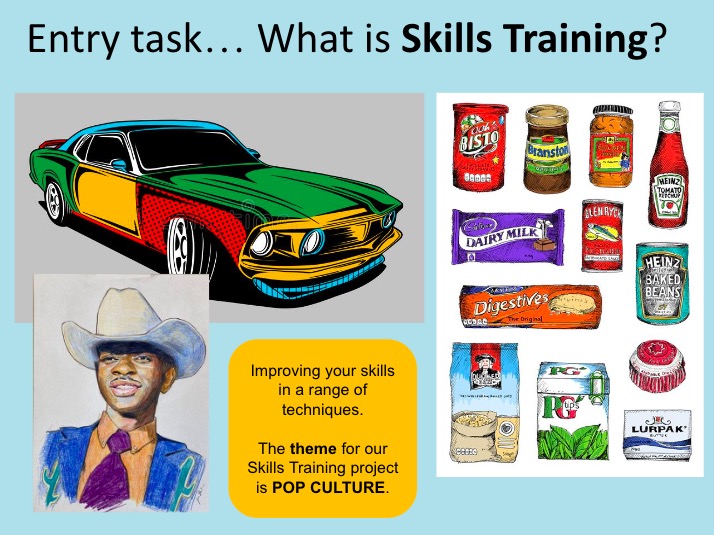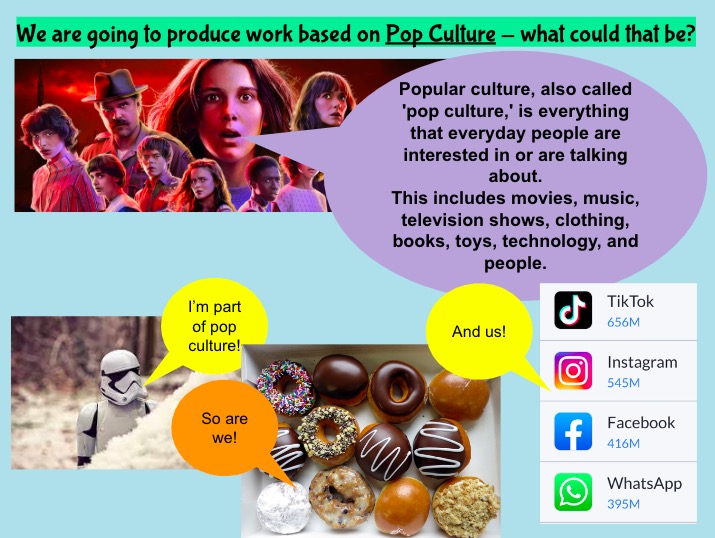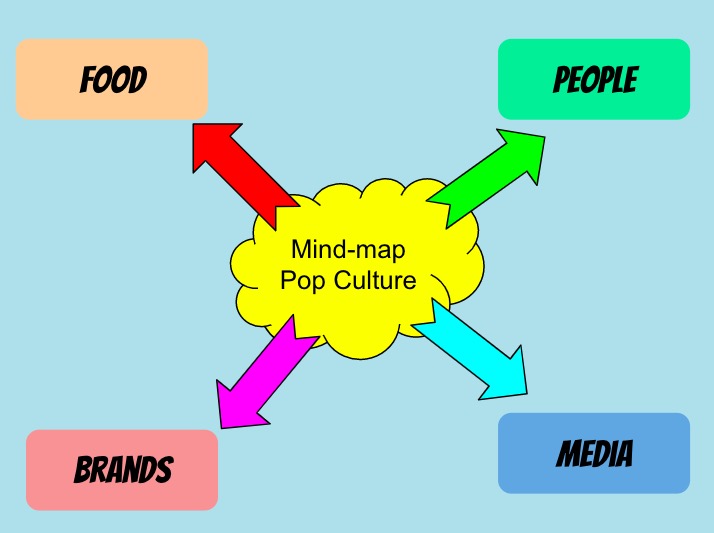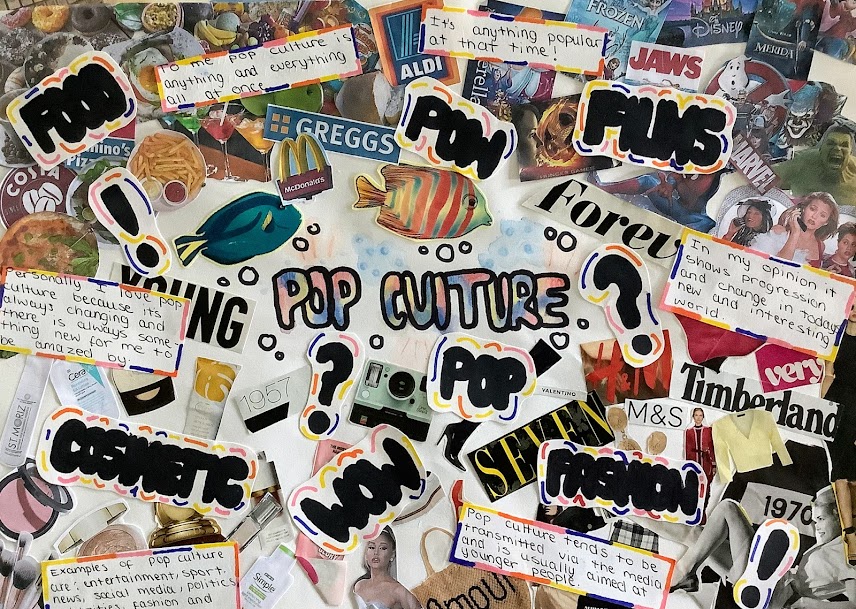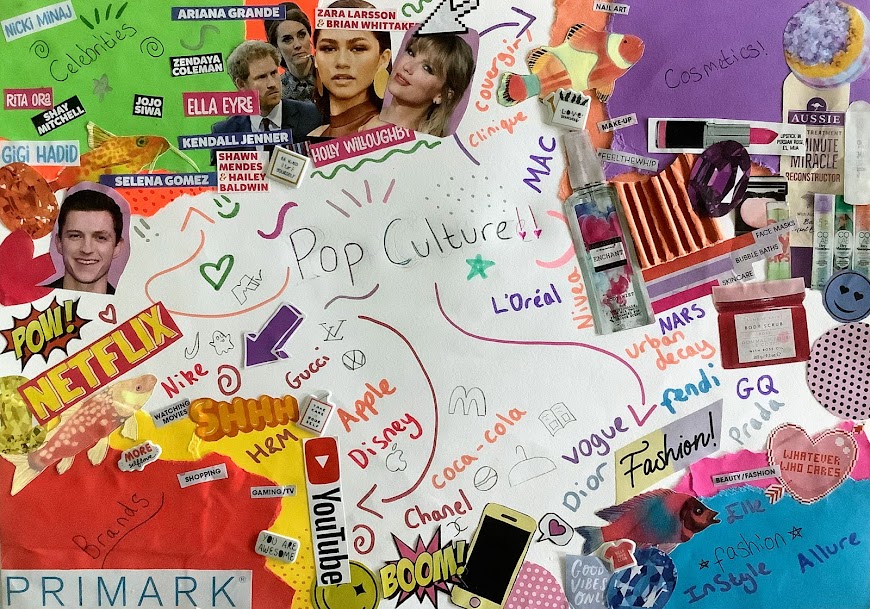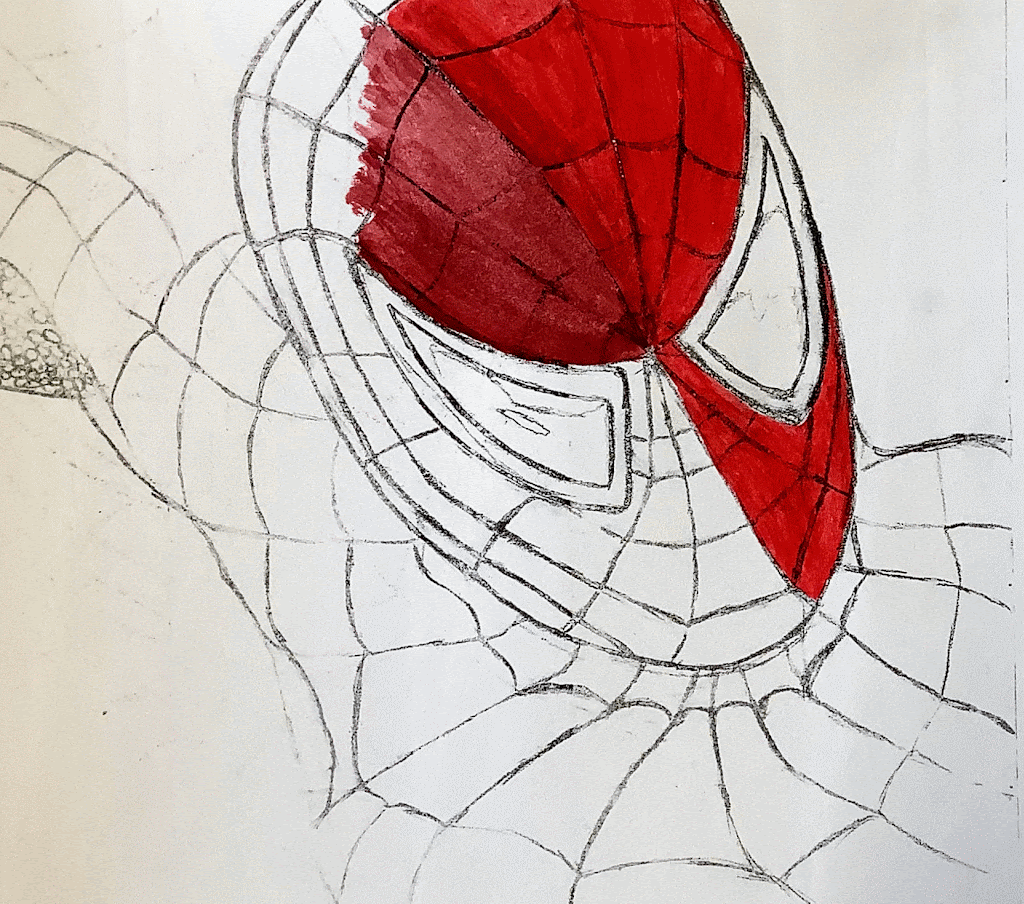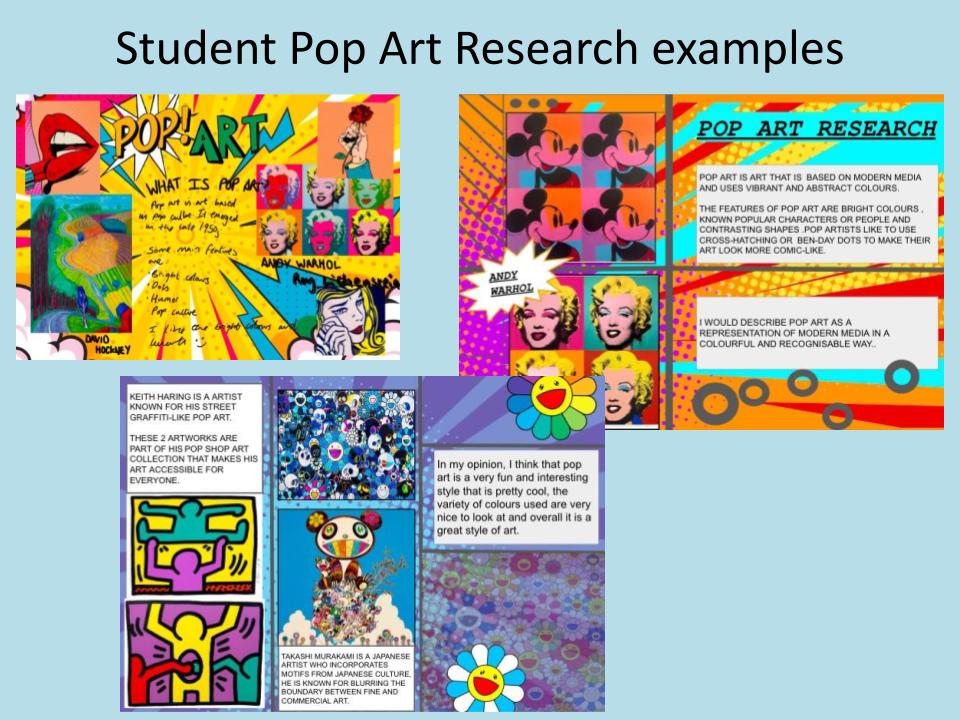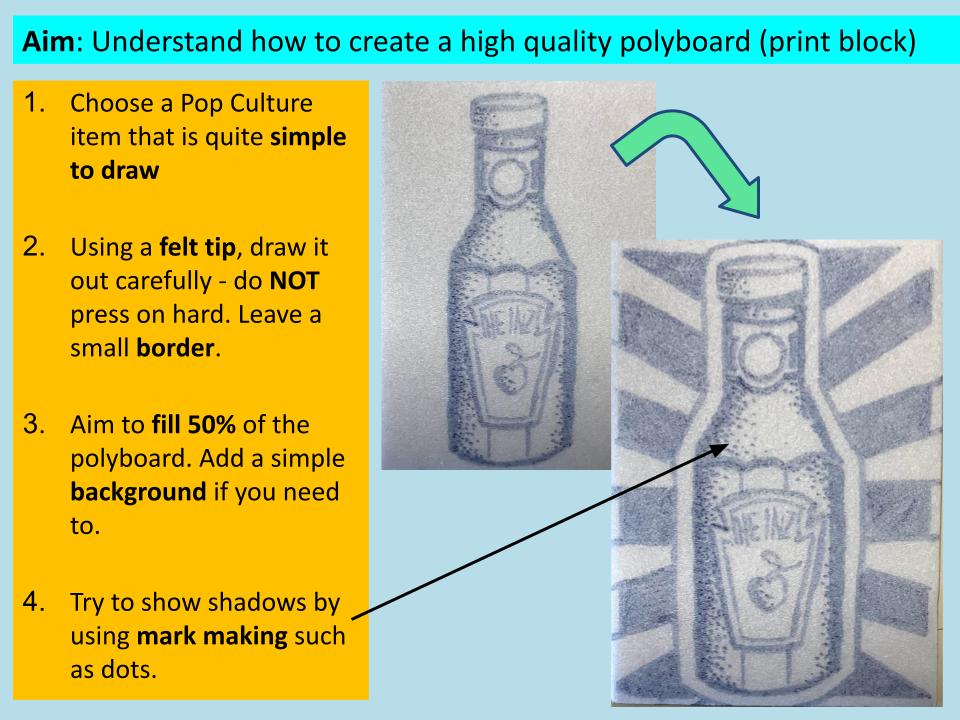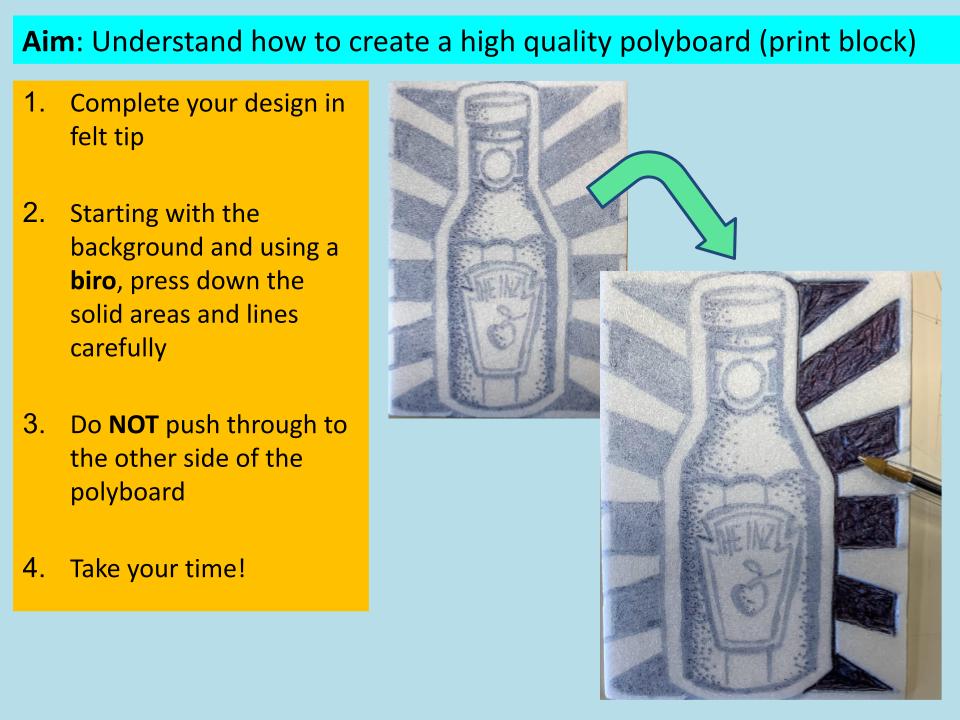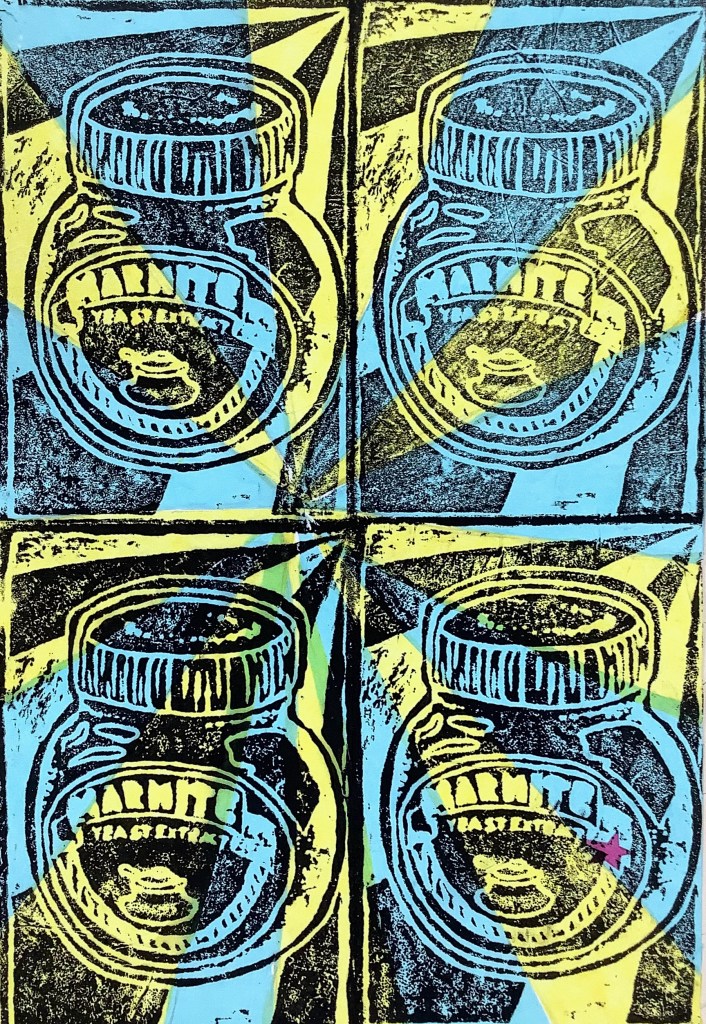This GCSE Art Project is the first I teach when students start in Year 10 (KS4). Essentially, I wanted to develop and enhance the range of skills that students have been taught at KS3, enabling them to master and improve in a way that was engaging yet simple to achieve.
There are some ‘essential’ GCSE art skills taught in this project, including:
- grid drawing method
- pencil drawing
- pen drawing
- acrylic painting
- watercolor painting
- poly printing
- different types of research / art analysis / presenting skills.
The full presentation for this GCSE Art Skills Training Project is available on TES or TPT.
Get art lesson resources emailed straight to you:
I introduced the Art Skills Training project by explaining that students would be building upon their skills by using new materials and working to a theme. Each year I change the theme depending on the cohort, and this year I had a really large class with a high number of boys, as well as targets ranging from grade 3 to grade 8… with all that in mind I chose the theme POP CULTURE.
Why Pop Culture? I wanted a theme that was varied enough to engage a wide range of students, and something that could easily provide reference imagery for students to work from. I also wanted a theme that students could have some autonomy over in their research.
I started by sharing a range of Pop Culture-inspired artworks, then shared different ideas with students so they could start thinking about subjects they wanted to draw, paint etc. This helped them with their first research task – a moodboard.
Examples of student’s GCSE Art Moodboard Research:
After their moodboard, I explained how each of the art skills we were going through was an ‘essential’ to master – enabling them to be more confident and experimental later in the course. There are no ‘official’ essential art skills of course, I just wanted students to be really serious about upping their skills – it seemed to work!🤷
Essential GCSE Art Skill 1: Grid Drawing
I have written about why I love the Grid Drawing Method in art before, so won’t get into that now, but I did have students use one of the pages from that resource over the summer holidays, before they started back in Year 10.
The aim was to get a low-stakes baseline assessment done without cutting into GCSE time. It proved useful as I could see the drawing standard students were at (and see how much – or little – effort they put into homework).
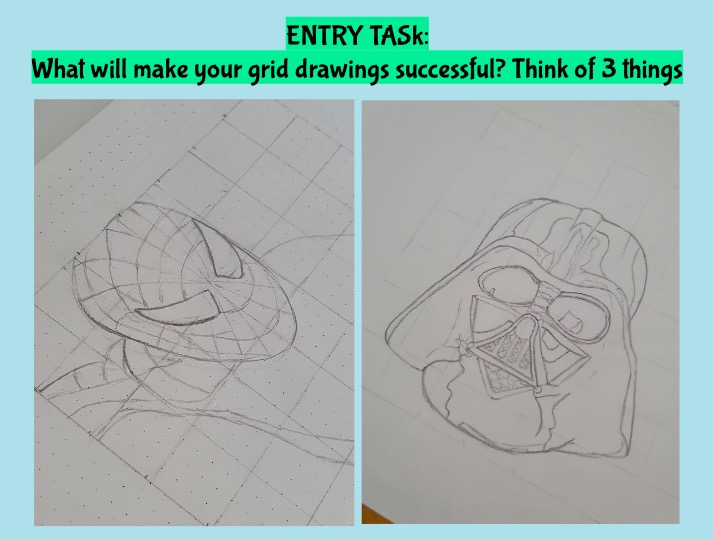
The project includes a range of lesson entry tasks / starter / plenary activities, as well as examples of student’s work to review and use. Each task was geared towards students improving their work.
Students chose three different subjects to draw, all from reference photographs that are also included in the presentation.
I spent quite a few lessons on the Grid Drawing method and asked students to create 3 different ones. The idea being that they could choose the best to work from going forward. I also wanted them to have a choice of challenges to draw, with some choosing portraits or more complicated subjects as they grew more confident. Overall I was really happy with their work!
Essential GCSE Art Skill 2: Pencil Drawing & Shading
Next up on my little list of essentials is pencil drawing and shading. Of course, the outline drawing bit was mostly already done with the grids, but pencil shading is equally important (IMO). Students had done a lot of pencil work already, so this skill was about mastery – exaggerating light and dark, refining edges and lines, blending tones seamlessly etc.
For these lessons, I made sure students had a range of quality shading pencils to work with, as well as my much loved electric rubber – perfect for detailed highlights!
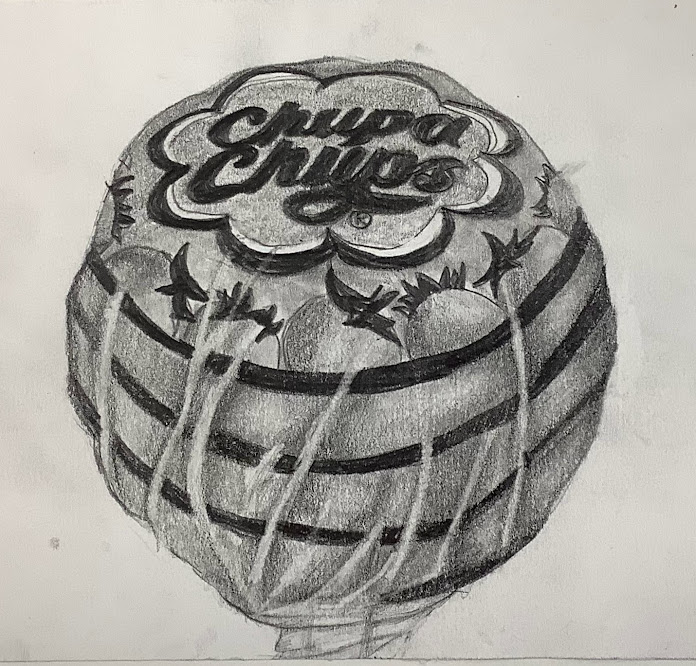
This was probably the skill that my students were most confident with as we build pencil drawing skills throughout Key Stage 3. Since this was done right at the start of Year 10, I thought it was great to see students confidence improve as they added tone onto their initial grid drawings.
Essential GCSE Art Skill 3: Artist Research
It is really important that GCSE students understand why they need to create good quality artist research. Their research should reveal things to them as they work:
- Context: Information about the artist’s life and work
- Processes and techniques: how the artist created their work
- Inspiration: How the students can use ideas or materials like the artist
Students should then have the confidence to respond, in their own way, to the research. Drawings, paintings, colour studies, sketches, photographs, replicas, written analyses are all valid responses to an artist’s work.
Since this was their first GCSE-standard artist research task, I set the artist to research. I chose biro pen artist Nicola McBride for her exceptional pen work related to Objects and Still Life, and because her work linked to their next ‘essential art skill’ – biro drawing.
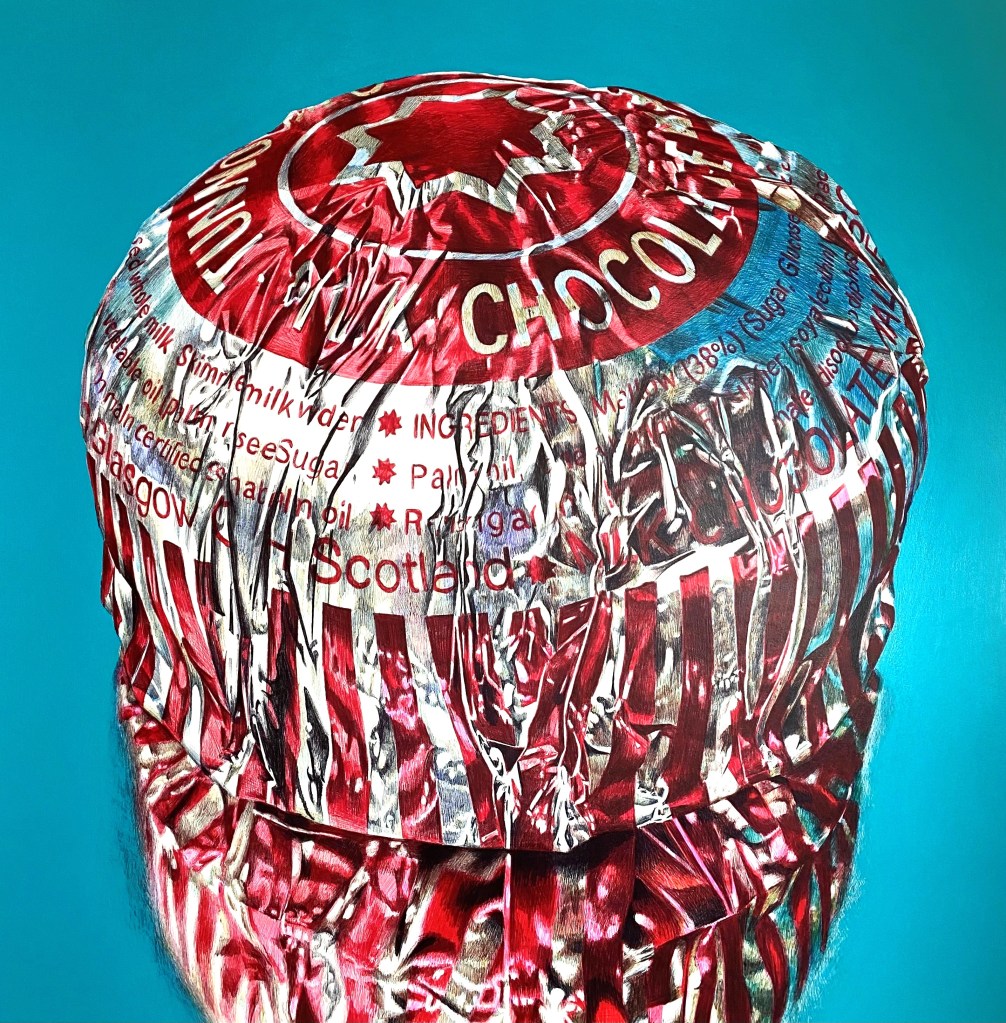
Students loved Nicola McBride’s biro pen drawings, particularly this hyper-realistic Tunnock’s Teacake!
The full presentation for this GCSE Art Skills Training Project is available on TES or TPT.
Essential GCSE Art Skill 4: Biro Pen Drawing
Adding shading and tone with a biro pen can seem quite a strange concept to students, but once they had a bit of practice and got the hang of it, they produced some outstanding pieces!
For these lessons, I showed students how to add layers of pen in different directions in order to add darker tones gradually. I emphasised the importance of white highlights too.
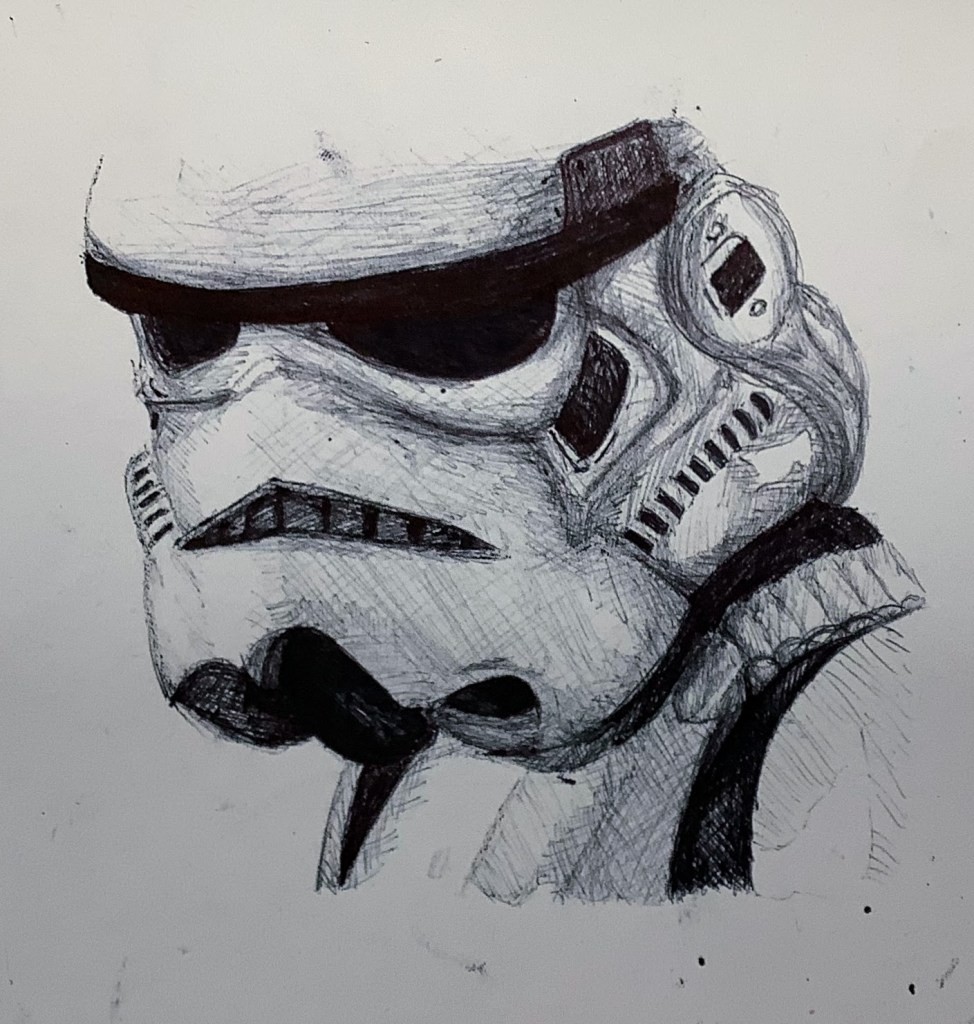
Essential GCSE Art Skill 5: Paint Mixing
We all have our own way of teaching colour mixing, but I wanted to focus on how students could achieve a full range of tints and shades in their work so the task was to create a monochromatic acrylic painting.

To mix, I always lay out around 5 blobs of white. I add colour to the first blob, then mix. I use this first light colour to mix into the second white blob. I repeat this until the last blob has the lightest colour fully mixed. 🤯
I loved this part of the project and was really proud of how hard students worked to create their painted pieces. Once they had mastered mixing tints and shades, the rest was fairly straight forward as they worked from their reference images. I made these little animations showing their steps 😊
Essential GCSE Art Skill 6: Responding to a Style of Art
Throughout their GCSE Art course, students should analyse and respond to different sources. As the theme for their work was Pop Culture, I chose Pop Art as a style to introduce.
The project introduces the main features of Pop Art, which students then had to use in their own artwork.
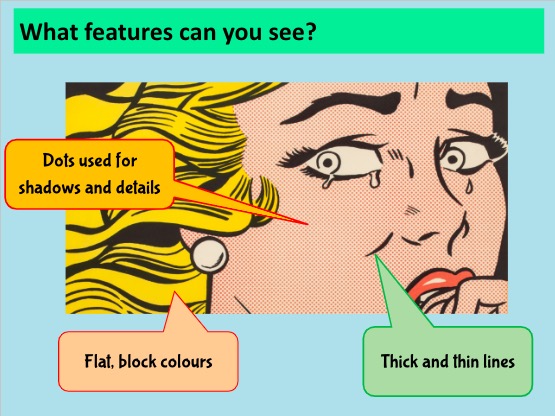
I set an online homework (through Google Classroom) for students to research Pop Art, they had to answer these questions in as much detail as possible, and include pictures as examples:
- What is Pop Art?
- Who are three famous Pop artists?
- What are the features of Pop Art?
- How would you describe Pop Art?
- What is your opinion on the Pop Art style?
Here are some student examples of their responses to Pop Art, they’re so fun. We used Posca Paint pens for fine details / dots and outlines (a great investment for our department!).
Essential GCSE Art Skill 7: Coloured Pencil
This is a fairly simple, but important, skill for GCSE. Coloured pencil can be used with other media, such as paints or layered over pen etc. so I wanted to ensure students had a few key skills.
Our budget in the department is limited, but we were kindly donated some packs of these superb Caran D’Ache coloured pencils and they are completely worth the price.
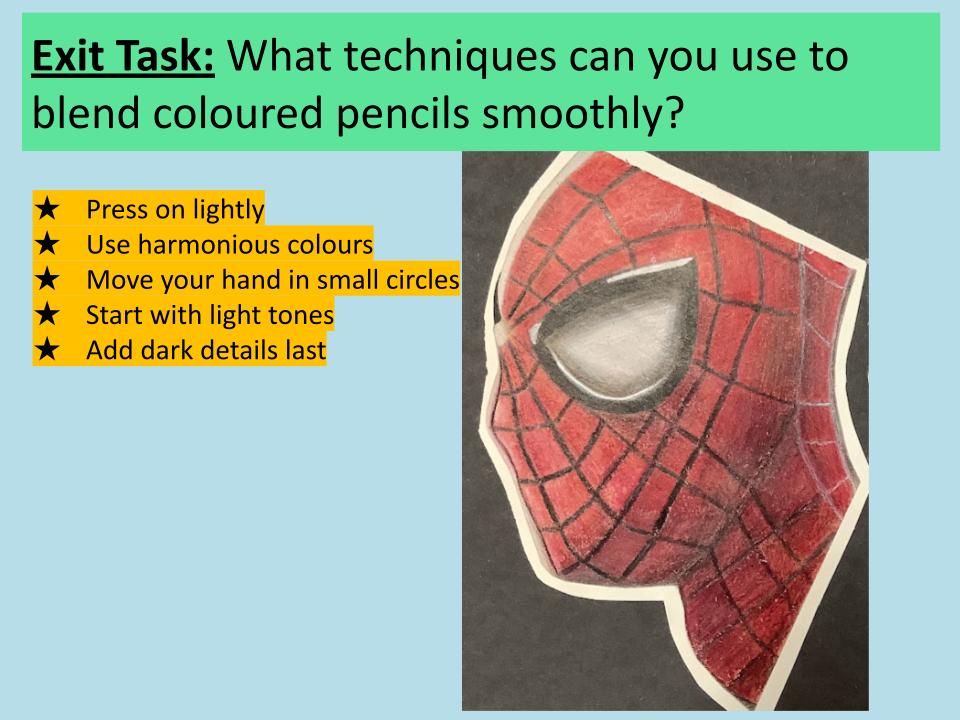
The presentation includes entry / exit tasks, all aimed at improving the quality of student’s work. This coloured pencil example was by one of my students too.
The full presentation for this GCSE Art Skills Training Project is available on TES or TPT.
Essential GCSE Art Skill 8: Mixed Media
I wanted students to have the opportunity to combine wet and dry materials. Since we had already used acrylics, I chose watercolour and pen, with the aim of adding texture and mark-making to their work.
I love how sketchy and loose these pieces came out. Students used a range of biro, fineliner and white gel pens to add textures.

Essential GCSE Art Skill 9: Printing
This was the first time most of my students had done any form of printing (thanks Covid!) so I kept it quite simple, using polyboard rather than lino. Students had to create different ‘pop art’ backgrounds using tissue paper (inspired by their earlier research).
This could easily be done onto coloured paper or watercolour washes rather than tissue paper if you don’t have any. Here are some examples from my students – don’t they look great?!
I taught this GCSE Art Skills Training Project from September to December, but of course if there are any skills you feel don’t need teaching, you can easily skip these from your own lessons. Generally, students were able to keep up with the pace of the project, but I made sure any students who fell behind completed their work before moving onto the next skill.
Here are some more examples of student’s artwork from the project – what do you think? Let me know in the comments!

